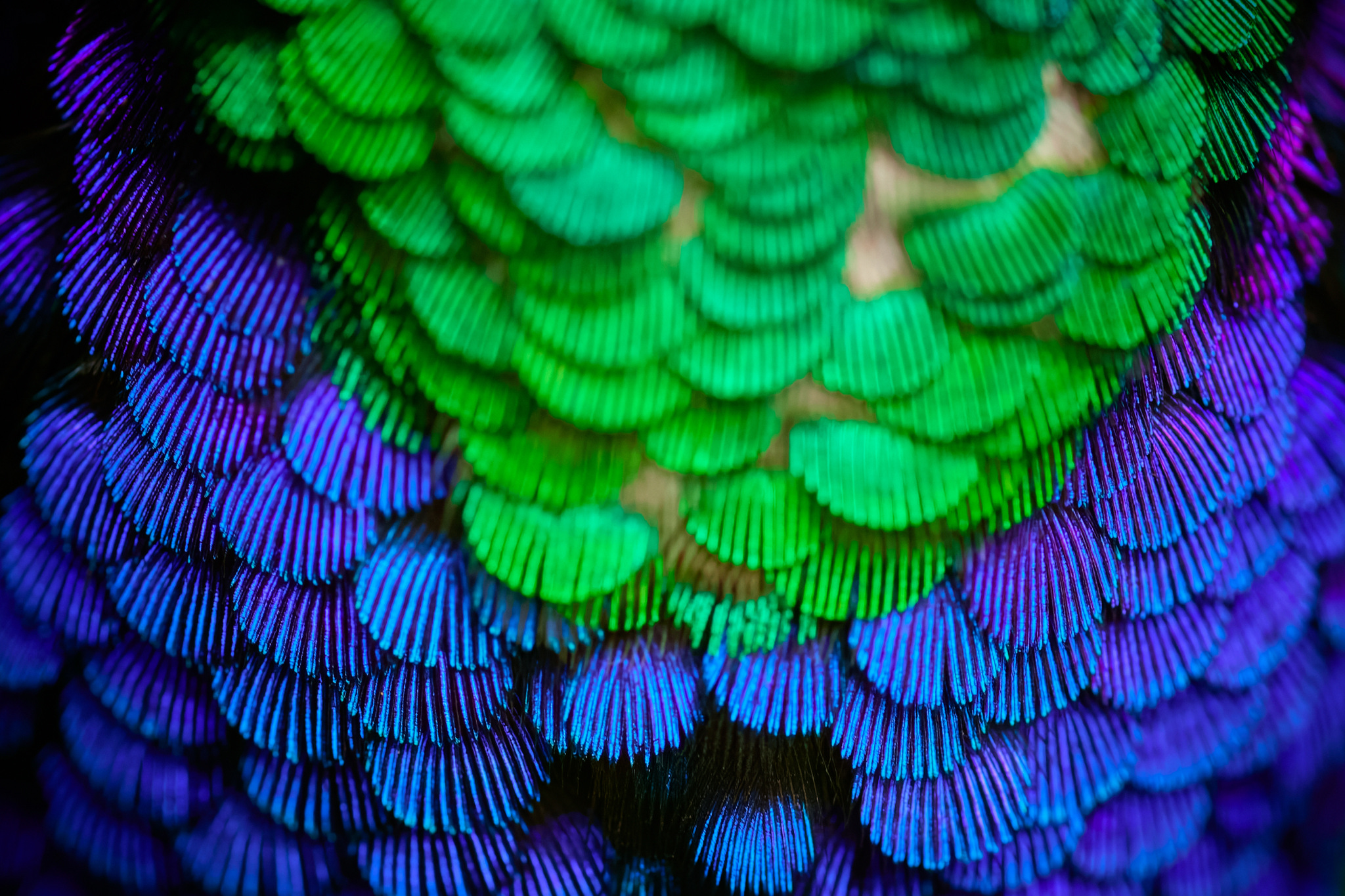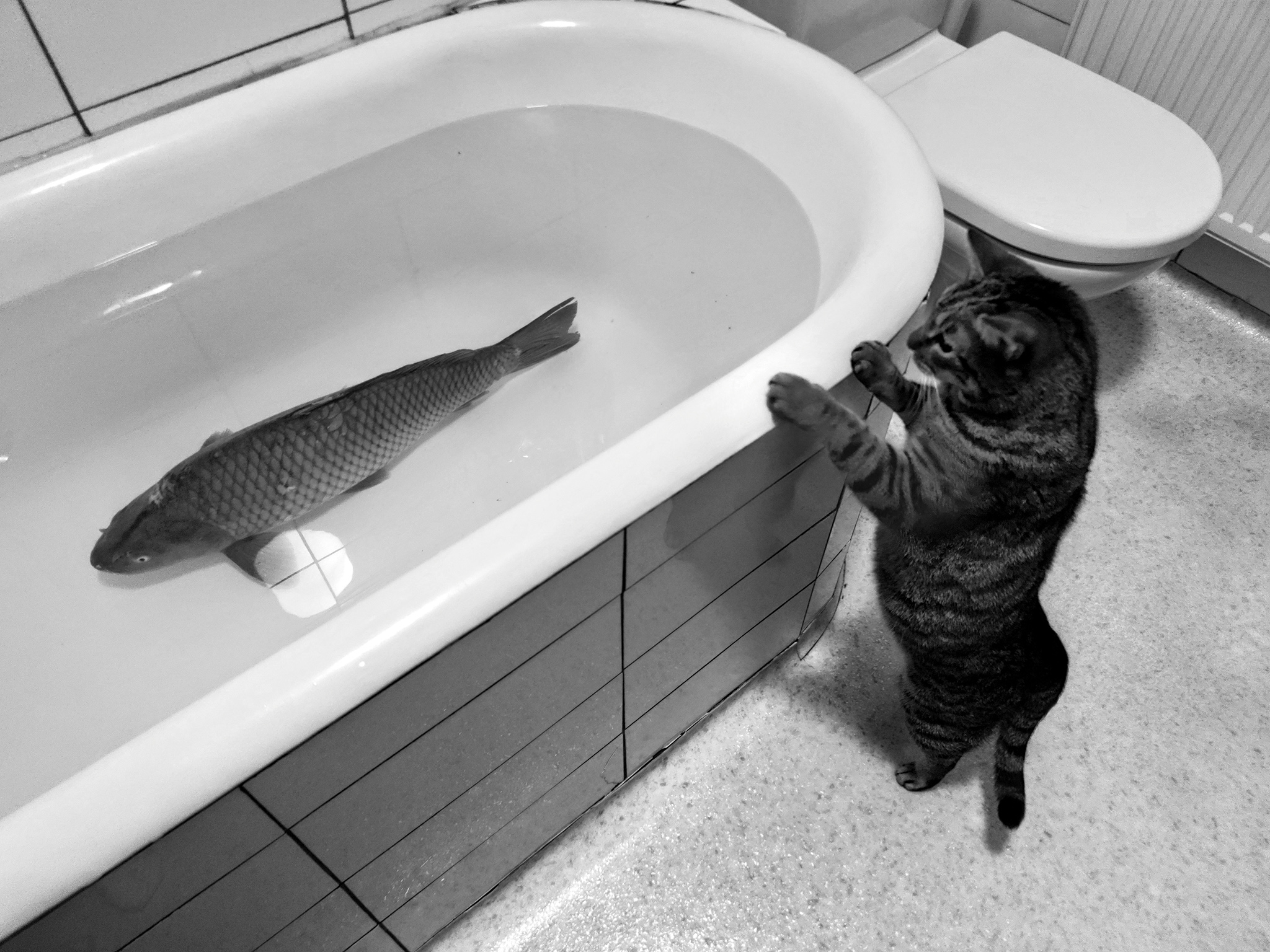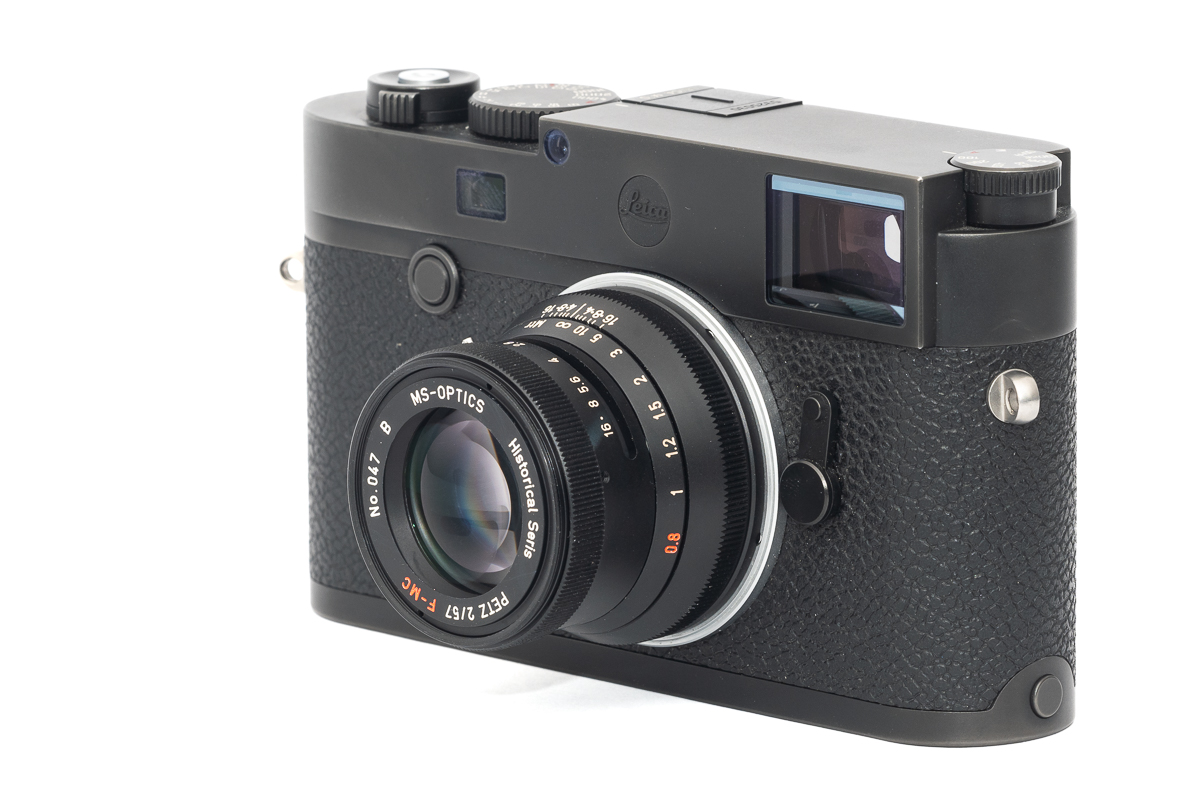
Looking to create stunning photos using prisms? You’ve come to the right place.
In this article, I explain everything you need to know about prism photography, including:
- How the prism effect works
- The equipment you need for prism images
- Simple step-by-step instructions for capturing creative prism photos
- Much more!
By the time you’re done reading, you’ll know how to use prisms like a pro, so let’s dive right in, starting with:
What is prism photography?
Prism photography refers to any photographic technique that uses a prism to create rainbows, flare, and/or blur effects.
Many prism photographers use standard triangular prisms to create their images:

But you can also use suncatchers, toys, and other creative prismatic items:
Note that prism photography tends to use prism effects, yet it rarely features the prism itself in the image. For instance, I created this next image by positioning the prism so close to the lens – on the right-hand side of the frame – that it became a blur:

As you can see, the rainbow effect appears, but the prism itself isn’t really noticeable.
That said, you can create beautiful prism photos by including the prism in the frame. There’s no right or wrong method; it’s all about experimentation!
How does prism photography work?
You may be familiar with triangular prisms from high-school demonstrations on the characteristics of light.
The physics goes something like this: When a beam of light (made up of different electromagnetic waves with various wavelengths) hits a piece of glass straight on, the light passes right through it. But if the beam of light comes into contact with a glass surface at an angle, the waves bend; this is a phenomenon called refraction.
When a beam of light hits a prism at an angle, the lightwaves bend. Then, when the beam exits through the other side of the prism, the lightwaves bend again. The amount that the light bends depends on the wavelengths contained within the beam of light. Red bends at one angle, violet bends at another angle, etc. – and so each color is bent differently, producing a rainbow effect.

Standard lenses are not designed to refract light into a rainbow pattern. Instead, they’re created for accuracy and optical clarity, and for the most part, this works very well.
But if you want to capture prismatic effects, you can simply hold a prism in front of your lens. Then, by adjusting the prism’s position and angle, you can add some creative effects to your photos, including flare-like splashes of color, interesting blur, and even intentional camera movement looks:

Prism photography: the step-by-step guide
In this section, I explain how to create beautiful prism shots from start to finish.
Step 1: Gather your materials
Prism photography requires a few simple items. As you might expect, you need a prism of some sort, and I’d really recommend you buy a standard triangular prism. These are highly reliable, and you can grab one for cheap off Amazon or eBay.
In fact, many of the images taken in this article used a prism I bought on eBay for just a few dollars:
What size prism is best? You want to keep the prism small enough to be manageable (as you’ll need to hold it in front of the camera with just one hand). I personally like small, 3×1 in (8×2.5 cm) prisms, though feel free to purchase a few different prisms if you want to test your options.
I’d also recommend carrying a lens cloth; after a bit of shooting, your prism will be covered in fingerprints, and you’ll need an easy way to wipe its surfaces clean.
Step 2: Find a nice (stationary) subject
You can do prism photography with any subject, but when just starting out, I’d recommend photographing a close-up, stationary nature subject (such as a flower or leaf).

That way, you’ll have plenty of time to experiment with prism positioning – a plant won’t run away or get impatient! – and if you shoot outdoors when the light is good, you won’t have to worry about using a tripod.
Then, as you become more experienced, you can try using the prism effect on live subjects and in different lighting conditions. For instance, you can have lots of fun with portrait prism photography. You might even try out dog or cat prism photography, assuming your animal will stay in position while you focus and shoot!
Step 3: Position the prism in front of the lens
Once you’ve picked a subject, it’s time to position the prism. This is where the fun begins; creating interesting effects with a prism requires a little trial and error, so you’ll need to be patient.
Switch on your camera, then hold the prism a few inches in front of the lens. I’d recommend switching your lens over to manual focus (lenses don’t do a great job autofocusing through glass materials). Then focus on your subject.
Rotate and adjust the prism, observing carefully until you see the colors appear. I’d recommend using Live View, which will give you a more accurate sense of the prism’s effect. I’d also recommend putting your camera on a tripod, as juggling the camera in one hand and the prism in the other can be frustrating!

Note that angling the prism away from the lens or changing your position in relation to the sun can also add different effects. Experiment with the distance between the prism and the camera lens, too. After a few minutes – or moments, if you’re lucky! – you’ll see prismatic effects.
Step 4: Take some shots!
Once you get an effect you like, it’s time to shoot. If you’ve followed the advice I gave above, your lens should be focusing (manually) on your main subject, but do one last check to ensure you’ve nailed the point of focus.

Select a relatively wide aperture – you want to blur the prism until the glass itself isn’t visible – make sure your shutter speed is fast enough for a sharp image, then shoot!
Of course, before continuing, do a quick review of your image on the camera LCD. Ask yourself: Do I like the effect? To blur the prism further, move it closer to the lens or widen the aperture. To give the prism glass greater presence, move it closer to the subject or narrow the aperture.

And once you can create a beautiful prism effect consistently, try changing up the prisms! I constantly switch between my triangular prism and a glass wine stopper I found while shopping. The wine-stopper prism adds an interesting kaleidoscopic effect, but it also tends to distort the image more – so it’s fun to experiment and see what works best!
Prism photography: final words

Now that you’ve finished this article, you’re ready to capture some beautiful prism photos of your own!
So pick up a glass prism and give it a try. Above all, have fun!
Now over to you:
What subjects do you plan to photograph with a prism? Share your thoughts (and prism photos!) in the comments below!









 English (US) ·
English (US) ·